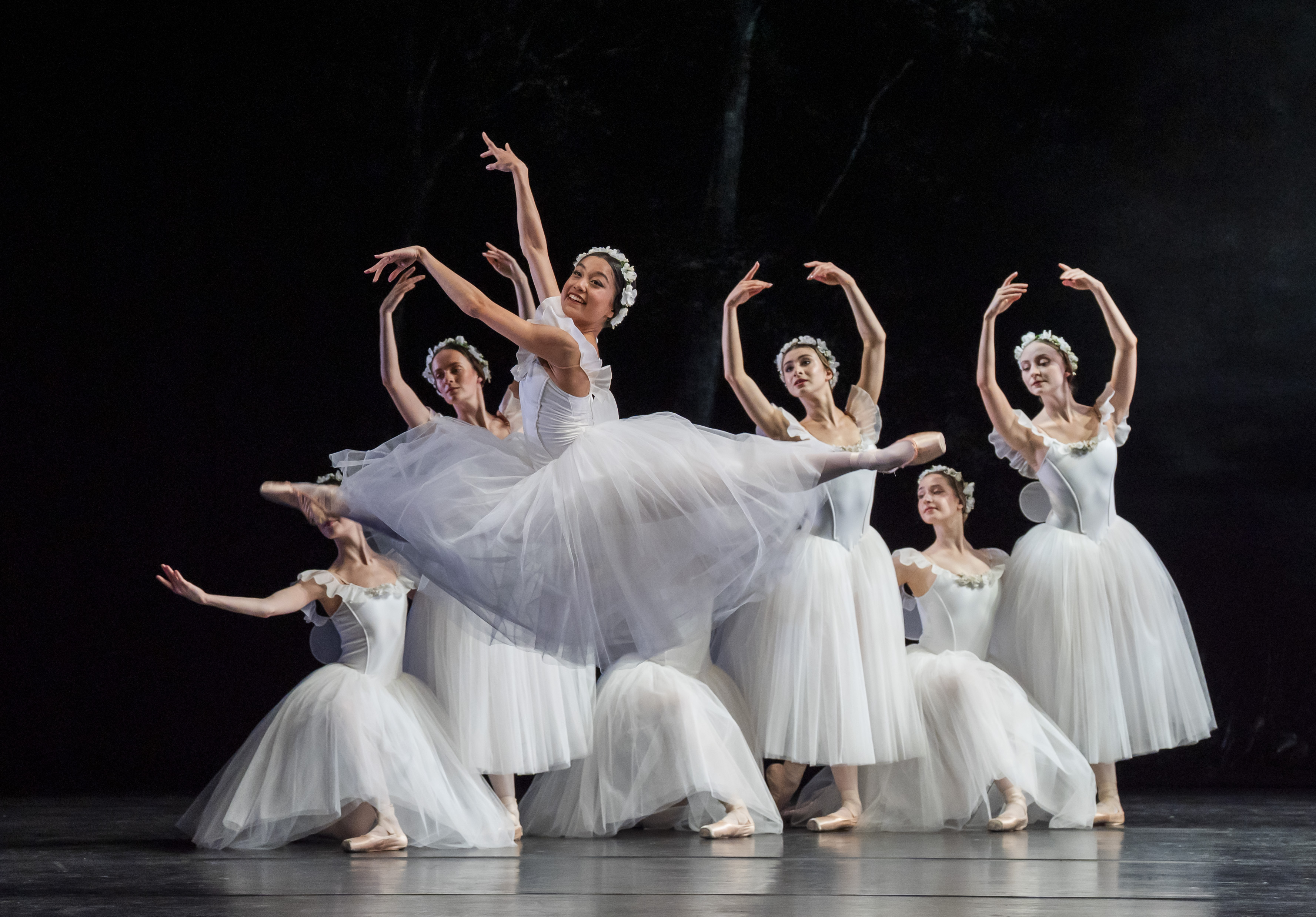BRB2: Diaghilev & the Birth of Modern Ballet
Birmingham Hippodrome; touring until 17 May
Matsena: Kabel
Sadler’s Wells East, London E20
The American choreographer William Forsythe is the latest winner of the prestigious annual Kyoto prize in arts and philosophy, in a distinguished cultural list (there are also prizes for technology and science) that has previously recognised choreographer Pina Bausch, theatre director Ariane Mnouchkine and film-maker Akira Kurosawa. Deep thinkers all.
Forsythe’s acceptance lecture, given at the Blavatnik School of Government in Oxford last week, included the description of ballet as a “multidimensional obstacle course”, a constant challenge to dancers to finely calibrate their bodies into a legible, spatial grammar, an image of perfect geometry.
I travelled from listening to Forsythe in Oxford to Birmingham to hear Carlos Acosta, director of Birmingham Royal Ballet, outline his plans for a new season. Even talking to a bunch of journalists, he embodies the principles Forsythe describes. Every gesture is a tribute to the refinement of classical dance as it lives in the mind and body of someone who has devoted his life to ballet and understands its history.
Acosta is now trying to pass all that information on to a new generation, and to that end BRB2, his junior company, is performing ballets created by Diaghilev’s Ballets Russes in the early 20th century. The talent on display is striking, but these works (four out of five of them created by Mikhail Fokine) require degrees of nuance that these young artists, taking part in a two-year transition from training to professional, don’t yet have.
The programme opens with Les Sylphides, once a staple of the British repertory, now rarely seen. To a selection of Chopin piano pieces – beautifully played by Jeanette Wong – sylphs glide and waft in tulle, surrounding one male figure. The dancing is careful and well judged but the mood wrong; as the poet, Tom Hazelby looked suitably thoughtful, but everyone else was smiling brightly, as if Alexandre Benois’s darkly wooded glade was the setting for a picnic.
The other works were excerpts: the best came from Bronislava Nijinska’s jaunty Les Biches, in which Sophie Walters shone as a pearl-twirling hostess, and Noah Cosgriff and Ellyne Knol had fun as an ill-matched couple. In The Firebird, Alexandra Manuel danced with strength, without catching the spirit of fantasy; the same problem afflicted Jack Easton as Le Spectre de la rose, in the swooning ballet of the same name.
The pas de deux from Schéhérazade, whose exoticism caught the imagination of Paris when it was first performed in 1910, shows the moment when the “Golden Slave” transgressively dances with Zobeide. Ixan Llorca Ferrer and Andrea Riolo performed with precision but there was no abandon. This is difficult repertory for young dancers, carrying complicated history; they give it their best shot, but the weight of its balletic meaning is beyond them.

At Sadler’s Wells, meanwhile, the Welsh-Zimbabwean Matsena brothers, Anthony and Kei, took on another difficult history in Kabel, the story of Cain and Abel, the ultimate sibling rivals. The Matsenas are wonderful, inventive movers, yoking together a variety of contemporary styles. Kabel looks stunning, with a design by Jasmine Araujo and lighting by Ryan Joseph Stafford that creates a blood-red, gleaming circle around which the dancers prowl.
Francis Botu’s sound design incorporates a lot of text asking “Cain, what are you doing?”, which doesn’t add much. But when the brothers dance it is utterly riveting, full of telling contrasts between fluid falling and sharp, delineated stops; animated by fluttering gestures of the hands. Making dance speak, they don’t need to worry about voiceovers.
Photographs by Tristram Kenton, Kirsten McTernan

